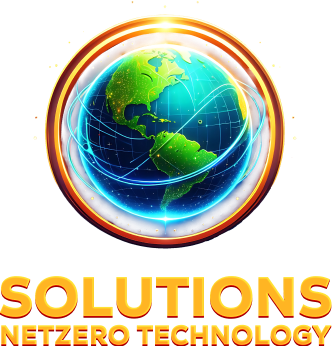In an era where sustainability and innovation intersect, the healthcare industry is increasingly turning to renewable energy solutions to power its facilities and operations. This shift isn’t merely about reducing carbon footprints; it represents a strategic move towards a healthier, more resilient future for healthcare systems worldwide. Let’s explore how renewable energy is transforming the landscape of healthcare and why this trend is both timely and essential.
The Case for Renewable Energy in Healthcare
Healthcare facilities are among the most energy-intensive buildings, operating around the clock to provide critical services. Traditional energy sources, such as fossil fuels, not only contribute to air pollution but also pose significant health risks. By embracing renewable energy sources like solar, wind, and geothermal power, hospitals and clinics can mitigate these risks while reaping multiple benefits:
- Environmental Impact: Transitioning to renewables significantly reduces the carbon footprint of healthcare operations. According to the American Hospital Association, healthcare generates nearly 10% of the U.S. greenhouse gas emissions . By leveraging renewable energy, this impact can be substantially curtailed.
- Cost Savings: While the upfront costs of renewable energy installations can be substantial, the long-term savings are substantial. Hospitals can reduce operational expenses by generating their electricity, thus stabilizing energy costs over time.
- Resilience: Renewable energy sources are often decentralized and less prone to disruptions. This quality is critical for healthcare providers, ensuring uninterrupted service delivery during natural disasters or grid outages.
- Community Health: By reducing air pollution and greenhouse gas emissions, healthcare institutions that adopt renewable energy practices contribute to improved air quality and public health outcomes in surrounding communities.
Implementing Renewable Energy Solutions
The adoption of renewable energy in healthcare is multifaceted and requires a strategic approach:
- Solar Power: Solar photovoltaic (PV) systems are one of the most accessible and widely adopted renewable energy technologies. Healthcare facilities can install solar panels on rooftops or in nearby fields to generate electricity.
- Wind Energy: Hospitals located in windy regions can harness wind power through onsite turbines or procure energy from nearby wind farms.
- Geothermal Heating and Cooling: Geothermal systems utilize the Earth’s stable temperatures to heat and cool buildings efficiently. This technology can reduce heating and cooling costs for hospitals.
- Energy Efficiency: Before integrating renewable energy sources, healthcare institutions often conduct energy audits to identify areas of energy waste. Implementing energy-efficient technologies and practices maximizes the impact of renewable energy investments.
Success Stories and Innovations
Across the globe, healthcare providers are leading the charge towards renewable energy adoption:
- Kaiser Permanente: One of the largest healthcare providers in the U.S., Kaiser Permanente, has set ambitious renewable energy goals, aiming to achieve carbon neutrality by 2025 .
- NHS England: In the UK, the National Health Service (NHS) has implemented solar panels on hospital roofs, reducing reliance on the grid and cutting carbon emissions significantly .
- Remote Clinics: In remote areas lacking reliable electricity, mobile and solar-powered clinics have emerged, ensuring healthcare access while reducing carbon emissions .
Challenges and Future Outlook
Despite the benefits, challenges remain in scaling renewable energy adoption in the healthcare sector:
- Cost: Initial costs of renewable installations can be prohibitive for cash-strapped hospitals, necessitating innovative financing models.
- Regulatory Hurdles: Policy frameworks and regulations must incentivize renewable energy adoption and streamline permitting processes.
- Technological Advancements: Continued advancements in renewable energy technologies, storage solutions, and energy management systems will enhance the feasibility and efficiency of renewable energy integration.
Looking ahead, the future of healthcare will undoubtedly be intertwined with renewable energy. As awareness grows and technology evolves, the healthcare industry’s transition to sustainable energy sources will become not just a necessity but a hallmark of responsible healthcare management. By embracing renewables, healthcare providers not only enhance operational efficiency but also affirm their commitment to public health and environmental stewardship.
In summary, the integration of renewable energy into healthcare facilities represents a paradigm shift towards sustainable healthcare delivery. From reducing operational costs to improving community health and resilience, the benefits are far-reaching. As the healthcare industry continues to embrace this transformation, the intersection of renewable energy and healthcare promises a healthier, greener future for all.








